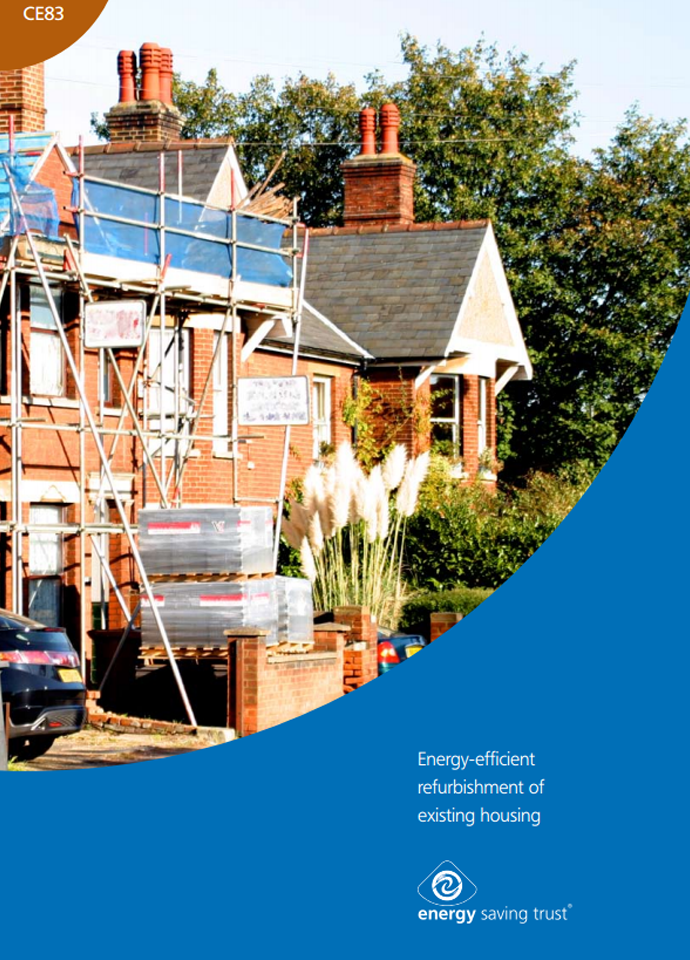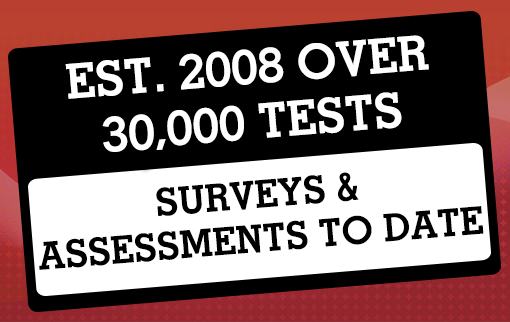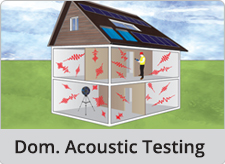Offices Nationwide
• Glasgow
• Newcastle
• Manchester
• Portsmouth
• Wakefield
• Sheffield
• Birmingham
• Wrexham
• Cardiff
• Peterborough
• Milton Keynes
• London
• Plymouth
• Anglesey
• Glasgow
• Newcastle
• Manchester
• Portsmouth
• Wakefield
• Sheffield

Air Testing & Leakage
We can offer additional services at discounted rates along side our tests! These are Sound Testing and Part F. Ask our Consultants for more

Environmental Noise Levels
The max exposure time at 85 dBA is 8 hours, at 110 dBA it's just 1 min 29 seconds. If exposed, limit the time and wear hearing protection...more
Chinnor - Room Integrity Testing - 020 3390 0301
The office that covers this area is: London
Phone Number: 020 3390 0301 Email: chinnor@e2consultants.co.uk
Our other services include:
Room Integrity Testing can also be known as:
Fire Suppression Room Integrity Testing, Server Room Testing, Fire Suppression Testing,


Copyright 2025 E2 Specialist Consultants Limited
Company No. 06728970









































